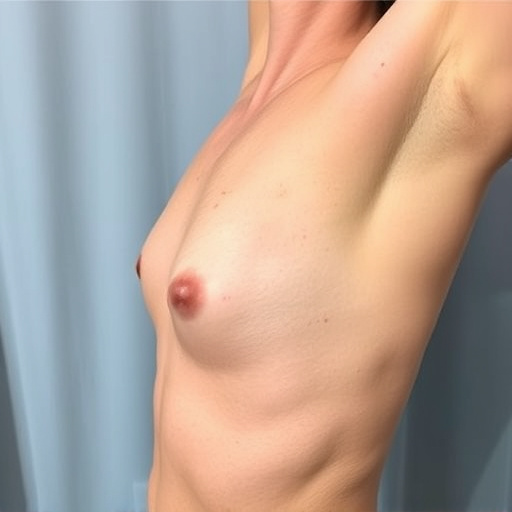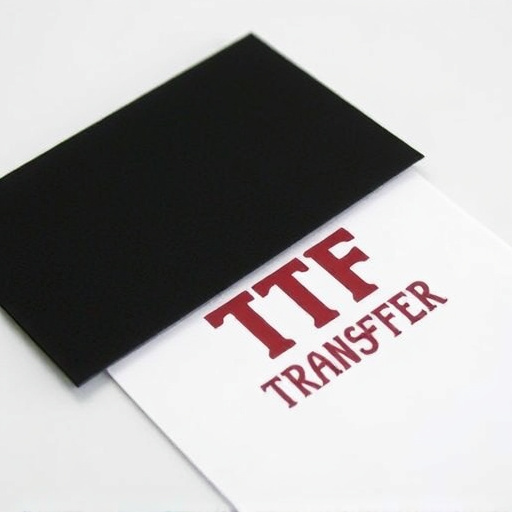Direct-to-Film (DTF) printing offers high-quality image reproduction directly onto various surfaces. The longevity and quality of DTF transfers depend on using high-grade films and adhesives, proper surface preparation, optimal application conditions, and avoiding common mistakes. Testing and Quality Assurance are crucial for consistent results. For long-lasting prints, ensure a clean surface, optimal environmental conditions, even pressure application, and suitable primers.
“Unleashing the power of direct-to-film (DTF) transfers requires an understanding of their unique adhesion properties. This article delves into the duration needed for optimal DTF transfers, exploring critical factors influencing adhesion time. From ideal environmental conditions to common pitfalls and best practices, we guide you through ensuring long-lasting DTF prints. Discover expert tips on testing, quality assurance, and mastering the art of DTF printing to achieve indelible, vibrant results.”
- Understanding Direct-to-Film (DTF) Transfers: A Brief Overview
- Factors Influencing Adhesion Time: An In-Depth Look
- Ideal Conditions for Optimal DTF Transfer Adhesion
- Common Mistakes to Avoid During the DTF Printing Process
- Testing and Quality Assurance for DTF Prints
- Best Practices for Long-Lasting DTF Transfers
Understanding Direct-to-Film (DTF) Transfers: A Brief Overview

Direct-to-Film (DTF) transfers are a cutting-edge printing technology that has revolutionized the way we reproduce images and graphics on various surfaces, especially in the film industry. This innovative process involves transferring printed material directly onto a film or substrate without any intermediate steps. Unlike traditional printing methods, DTF offers unparalleled precision and quality, making it a preferred choice for creating visually stunning effects.
DTF prints are achieved through specialized equipment that precisely deposits ink onto the desired surface, allowing for complex designs and vibrant colors. This technology is not limited to just films; it can be applied to various materials, including glass, metal, and plastics, opening up a world of possibilities for creative applications. Understanding DTF transfers is key to harnessing their potential, ensuring optimal results, and achieving long-lasting adhesion for any project.
Factors Influencing Adhesion Time: An In-Depth Look

The duration for proper adhesion of direct-to-film (DTF) transfers is influenced by several key factors. One of the primary considerations is the type of film and adhesive used, as different materials have varying bond strengths and cure times. For instance, high-quality DTF films with advanced adhesives can offer stronger adhesions that last longer, often requiring less time to set than lower-grade alternatives.
Additionally, surface preparation plays a significant role in DTF transfer adhesion. Cleanliness, smoothness, and dryness of the substrate are essential. Even minor contaminants or moisture residuals can compromise the bond strength between the film and the base material. Therefore, meticulous cleaning and careful drying of the substrate before applying DTF transfers are crucial to ensure optimal adhesion times and long-lasting results for DTF prints.
Ideal Conditions for Optimal DTF Transfer Adhesion

For optimal adhesion of direct-to-film (DTF) transfers, it’s crucial to maintain ideal conditions throughout the application process. The first key factor is surface preparation; ensuring the base material is clean, dry, and free from any contaminants is essential. A slightly roughened or textured surface can also aid in enhancing the bond between the DTF print and the substrate. Temperature plays a significant role too; most DTF materials perform best when applied within a specific temperature range, usually between 18-24°C (64-75°F). Humidity levels should be carefully controlled as well; too much moisture can weaken the adhesive properties of the film.
Light exposure is another critical aspect. Many DTF transfers require a certain amount of UV light to cure and solidify the adhesive, ensuring long-lasting adhesion. The duration and intensity of this light exposure vary depending on the specific material used. Lastly, pressing the transferred image firmly onto the substrate helps create a strong bond. This step should be done carefully to avoid damaging the delicate film or the underlying surface.
Common Mistakes to Avoid During the DTF Printing Process

During the DTF transfer printing process, common mistakes can significantly impact the quality and longevity of your prints. One of the most frequent errors is not allowing enough time for proper adhesion. Direct-to-film transfers require a specific duration to ensure the ink fully bonds with the film, which in turn guarantees crisp and long-lasting prints when transferred to various surfaces. Rushing the process might lead to inadequate bonding, resulting in faded or poorly defined images over time.
Another mistake to avoid is using subpar materials or improper techniques, such as applying excessive pressure during the transfer or not following recommended cleaning practices. Using a compatible DTF film for your specific printer and ink type is crucial. Inadequate preparation of both the print surface and the transfer film can cause bubbles, wrinkles, or even complete failures in the printed image, compromising the overall aesthetic appeal and durability of DTF prints.
Testing and Quality Assurance for DTF Prints

Testing and Quality Assurance for DTF Prints are essential steps to ensure the proper adhesion and longevity of direct-to-film (DTF) transfers. Before applying a DTF Transfer to any surface, it’s crucial to conduct preliminary tests on a small, controlled sample. This involves evaluating the print quality, color accuracy, and overall integrity of the film after exposure to various conditions. By simulating real-world scenarios, such as temperature fluctuations and humidity levels, you can gauge how well the DTF adheres to different materials over time.
Quality Assurance measures should also focus on consistent printing parameters. This includes ensuring precise alignment, optimal print speeds, and accurate emulsion thickness. Regular calibration of printing equipment and adherence to strict protocol will produce uniform DTF Prints, minimizing defects and maximizing adhesion. These tests not only identify potential issues but also help in fine-tuning the DTF Printing process for optimal results.
Best Practices for Long-Lasting DTF Transfers

To ensure long-lasting direct-to-film (DTF) transfers, several best practices should be followed. Firstly, clean and prepare the surface where the DTF print will be applied. Any debris or oils can compromise adhesion, so a thorough cleaning is essential. Using a suitable primer can also significantly enhance bonding; apply it evenly across the substrate to create a strong foundation for the DTF transfer.
Additionally, controlling environmental factors is vital. Optimal conditions include a cool, dry temperature range with minimal humidity. Avoid direct sunlight during application as heat and UV rays can degrade the print over time. Lastly, pressure should be applied consistently during installation to ensure full contact between the DTF film and substrate. This ensures optimal adhesion, resulting in vibrant, long-lasting DTF prints that withstand everyday use.














